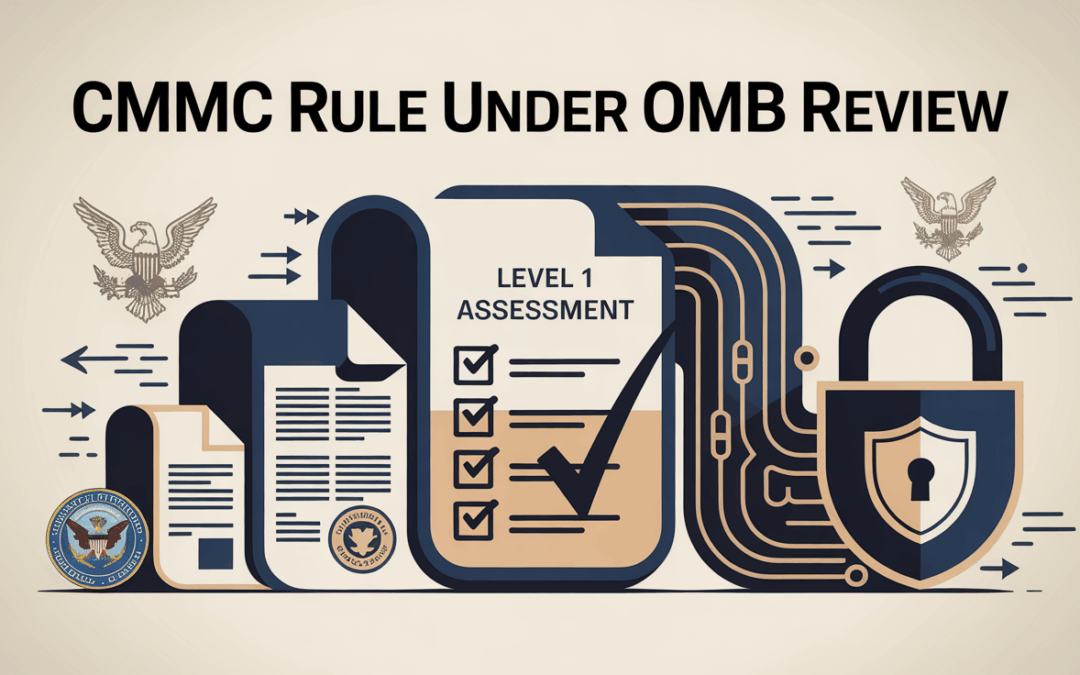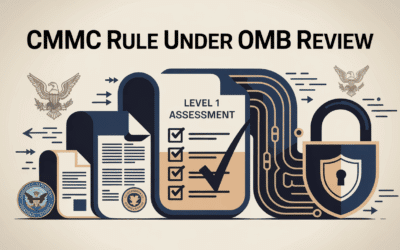
Own the Ether — Dynamic Spectrum Management Is the Next Tactical Revolution
MIke Kell
Recent Posts
Follow me
When the TOC Became a Jammer
Back in late 1996, the 1st Brigade, 4th Infantry Division staged a full-up “Tactical Internet” power-on at Fort Hood. The stack was classic for the day—SINCGARS voice, the new EPLRS positional network at 420-450 MHz, an SDR data mesh in the 225-400 MHz slice, and Unix-based FBCB2 computers glued to all three. Seconds after the switch-on, spectrum analyzers showed a continuous wall of energy from HF up through UHF, and garage-door remotes in nearby Killeen stopped working. Density alone had turned a friendly TOC into a broadband jammer.
What the 1990s Already Told Us
Task Force XXI carried the same radio mix to the National Training Center in 1997. Brigade AARs noted that overlapping UHF meshes smothered SINCGARS range and that a daily JCEOI simply couldn’t react fast enough to moving clusters of EPLRS and SDR traffic
Government Accountability Office
. Those findings sparked the “Future Digital Radio System” concept—folded a year later into the Joint Tactical Radio System (JTRS). The idea was sound (one chassis, many waveforms) but the technology lagged and Ground Mobile Radio never fielded at scale.
Fast-Forward to 2025
Slot-card CMOSS/SOSA radios finally deliver genuine waveform agility. We can slide a Silvus dual-band L/S module next to a TSM L-band card, SINCGARS VHF card, and load apps like we do on a phone. What hardware agility hasn’t solved is allocation. A modern brigade drags more than 40,000 emitters to war—HF sets for SATDENIED fallback, SINCGARS for voice, Blue-Force-Tracking SATCOM L-band bursts, TrellisWare TSM meshes at 1.25-1.9 GHz, Silvus IVAS video across three chunks of spectrum, plus Ku CDL from drones.
The Evidence From Today’s Wars
-
In Ukraine, Russian Tobol systems knocked Starlink Ku uplinks offline for two hours near Avdiivka, forcing artillery teams to HF voice and visual signals Viasat.com.
-
Open-source AI classifiers running on sub-$1 k SDRs routinely geolocate unencrypted 2.4 GHz drone links within seconds .
-
Israel’s Gaza operations showed how quickly Wi-Fi and cellular infrastructure can be blanked when kinetic strikes begin ScienceDirect.
“Commercial as a backup” is a shaky plan when the opposition can hire the same gear on Amazon.
Why a 24-Hour JCEOI Won’t Cut It
Radio density is three orders of magnitude higher than it was at Fort Hood, and adversary jammers react in milliseconds. Mid-band auctions are already pushing DoD users into shared 5 G spectrum . The basement (HF/VHF/UHF) is still packed; the penthouse (1-6 GHz) is even worse; commercial lifelines are the first to break under fire. Unless we allocate spectrum at machine speed, we’ll repeat 1996 with a lot more radios.
A Practical Way Forward
A real fix looks like this:
-
Sense continuously. Tie every Silvus or TSM radio’s scan output to a SigMF repository and pepper the AO with NTIA SCOS probes.
-
Decide dynamically. Stand up a tactical Spectrum-Access System (SAS) inside Unified Network Operations that brokers 0.5- to 60-second leases across both basement and penthouse bands.
-
Assign in real time. Use Tactical Radio APIs to push new frequency plans and power levels to PRC-163s, SINCGARS, Silvus nodes and HF manpacks in under half a second.
-
Show the picture. Merge EWPMT-X’s EMS view with UNO’s NetOps dashboard so commanders see “spectrum health” the same way they see network latency.
-
Keep a human on the loop. Operators must be able to freeze or veto an AI decision, but they shouldn’t be doing the math.
Five Things We Can Do Today
-
Give the tactical SAS its own line in the POM and stop calling it a science project.
-
Make every transmitter a sensor—if it radiates, it reports.
-
Kill Starlink, 5 G and Wi-Fi during home-station exercises so fallback is muscle memory.
-
Demand CMOSS radios with open VITA-49 pipes for AI conflict-prediction modules.
-
Put spectrum status on the commander’s CCIR list; RF terrain is actual terrain now.
Bottom Line
Fort Hood’s accidental jammer was an early warning. Starlink outages and AI-equipped SDR jammers on today’s battlefields prove the threat is real. CMOSS hardware and UNO software give us the pieces; a sensor-fed, AI-assisted spectrum brain ties them together. Let’s build it before the next brigade powers up and jams itself again.
Fort Hood’s accidental jammer was an early warning. Starlink outages and AI-equipped SDR jammers on today’s battlefields prove the threat is real. CMOSS hardware and UNO software give us the pieces; a sensor-fed, AI-assisted spectrum brain ties them together. Let’s build it before the next brigade powers up and jams itself again.







0 Comments